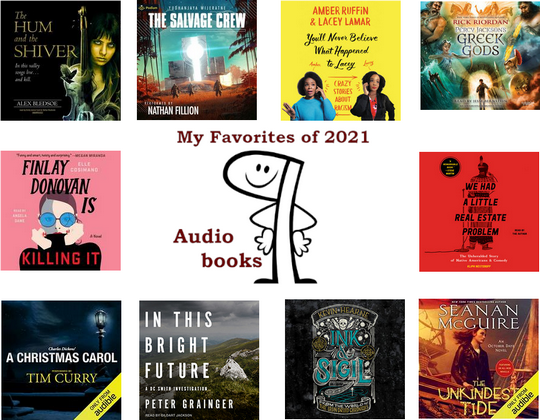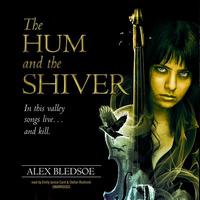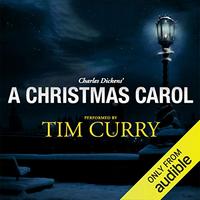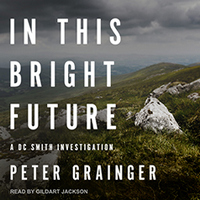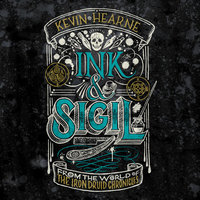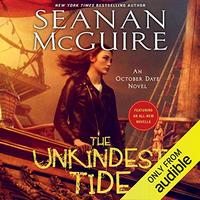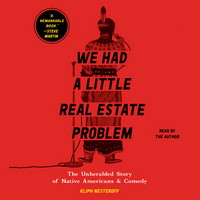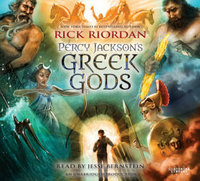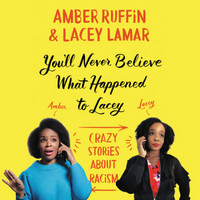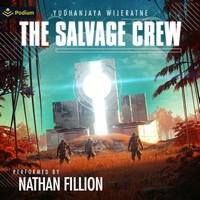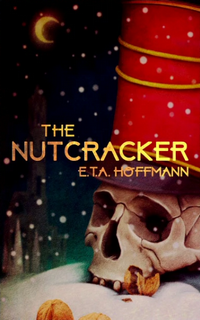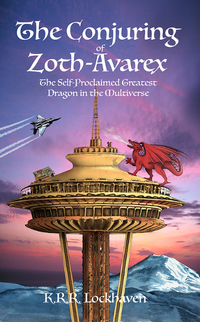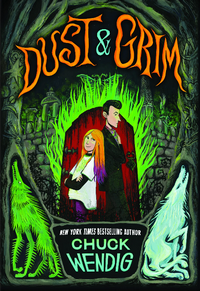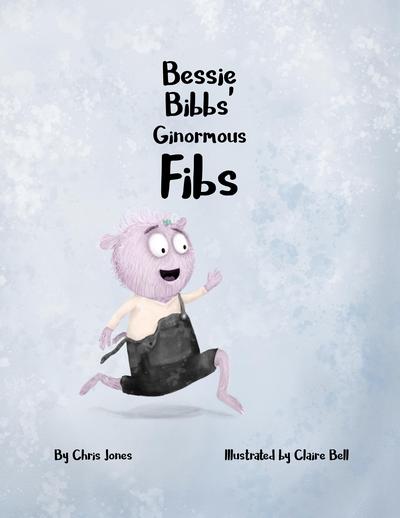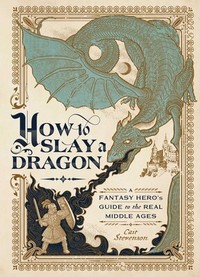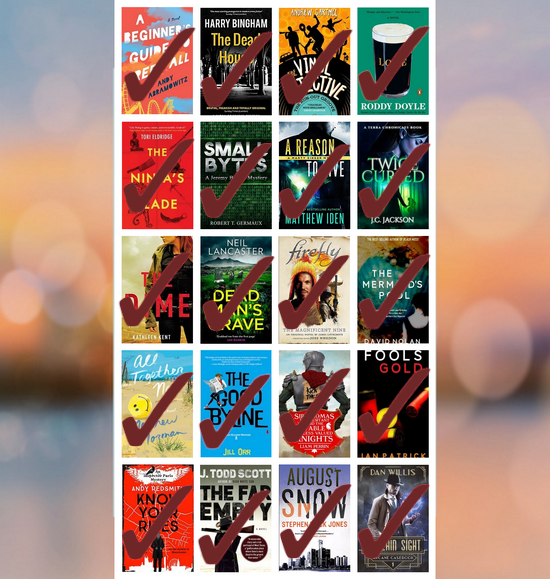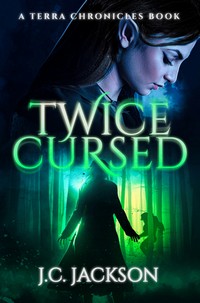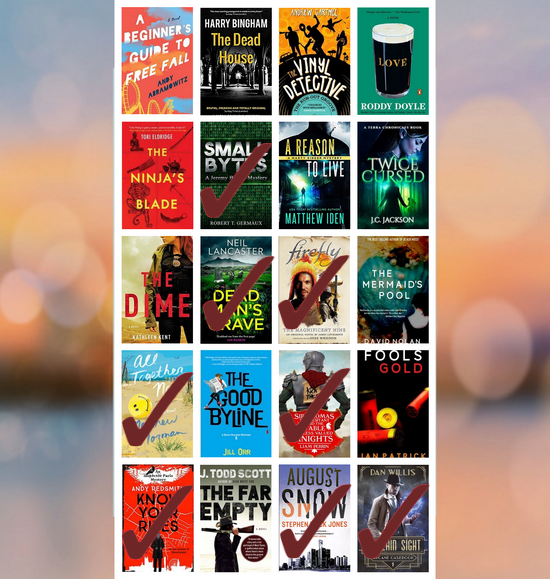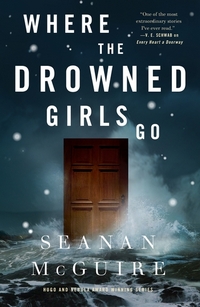 Where the Drowned Girls Go
Where the Drowned Girls Go
DETAILS: Series: Wayward Children, #7 Publisher: Tor Publication Year: 2022 Format: Hardcover Length: 150 Read Date: January 10-11, 2022

And everyone knew that things from the other side of the door could absolutely leak through into this reality. Her hair had been brown, not aquamarine, before she found her fins. Christopher would die without his flute—literally die. Seraphina was the kind of beautiful that stopped hearts, and everyone who’d seen pictures of her from before her travels said that she hadn’t always been like that. She’d been attractive, not impossible. The doors made changes. The doors stayed with you.
What’s Where the Drowned Girls Go About?
Things have gone poorly for Cora since her return from the Moors, and things are getting worse for her. She’s now afraid of getting a door—because it might not lead to the world she wants. So now that “other school” starts to sound appealing to her. Maybe it wouldn’t be so bad to feel at home in this world—it’s certainly better than one of the alternatives. There’s no way that she’ll get those tools at this school (as much as she likes/loves her friends).
So she talks West into transferring her—and regrets the decision before the ink is dried. Still, she sets out to make the best of a bad situation—it’s still going to get her the results she’s been desiring, just not in a pleasant way.
Cora tackles the situation in a “no pain, no gain” manner. West’s school wasn’t helping (at least not the way she wanted), the Whitethorn Institute isn’t going to save her, it’s up to Cora to save herself.
Whitethorn Institute
“You’ve always said that there was a second school.”
Eleanor pulled her hands away. “The Whitethorn Institute. Cora, you can’t intend—”
“You said they steal your students sometimes. That when you’re not fast enough, or when the children are having a harder time adapting to life in this reality, that sometimes Whitethorn gets there first.” She sat up straight, giving Eleanor a challenging look. “You said it was where students go when they want to believe that everything that happened on the other side of the door was just a dream, or a delusion, and not a real thing at all.”
We’ve known about “the other school” for children who come back through their doors into our world—one for those who didn’t want to see their doors again, one for those who want to feel at home in this world. But this is the first time we’ve seen it.
It is not a nice place to be.
That’s about all I feel comfortable about saying—you’ll need to read the book to see how it’s not a nice place to be. I get that (especially as the series takes a pro-Eleanor West’s Home for Wayward Children stance) it’s not going to seem as nice, welcoming, and affirming as the school we’re used to. I expected that this school would come across as wanting, not just in contrast, but objectively,
But I think McGuire approached that idea in a lazy manner. It’s too obviously a bad environment. She had the chance to go subtle, and she didn’t take it. I kept thinking, “Oh, she’s making a commentary about X or Y” in the real world—but she was doing so with too broad a brush, and it’d end up applying to things she didn’t mean to attack.
Still, if you’re looking to make an establishment a villain, she did an effective job. I think it’d have been more interesting—and more fitting with the series—if there’d been more nuance to it. Give the readers a second school that has differing goals from the Home for Wayward Children, but let us respect them while disagreeing—then you’ve got something. Instead, we get an institution that might as well be twirling its mustache.
Regan
It’s not just Cora that we see here, Regan’s also came to this school after returning from the Hooflands. I appreciated that. I didn’t think we had enough of Regan—but it didn’t feel like the character would be showing up at West’s.
So, what did I think about Where the Drowned Girls Go?
McGuire is simply one of the best around—and this world she’s created in this series is just wonderful and I really enjoy all the time I spend in it. But this book seemed to be missing something. The previous books in the series all left the possibility open to revisiting the world on the other side of the door, the POV character, and so on—while telling a complete story.
This novel is also a complete story—but it feels (at least to me) too much like a Part One of at least a two-parter (if not three). And I think the book suffered from it. When we get to that second part, I might change my mind about this book, but now it just feels incomplete. Add in my problems with the presentation of Whitethorn and it makes for a less-satisfying read than I’m used to for this series.
I still recommend it as a read—you’re instantly sucked into this world, it’s fantastic to get a look at Whitethorn (if nothing else); the story of Cora, Regan, and the others is well-worth telling and reading; and McGuire’s language and imagination in this series are always fascinating. I just wanted more of this good thing.

This post contains an affiliate link. If you purchase from it, I will get a small commission at no additional cost to you. As always, opinions are my own.
![]()



